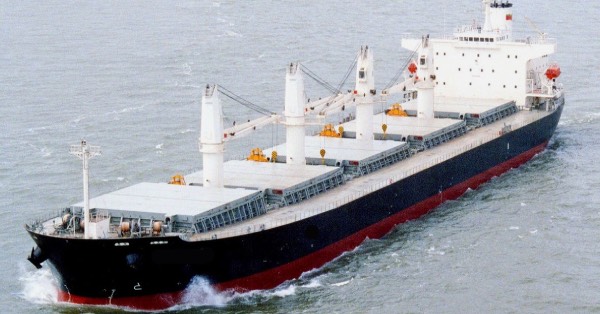Dry bulk shipping companies have thus far reported weak 2Q23 results, which is also putting pressure on their stock prices. Pacific Basin and Star Bulk revenues declined sharply in 2Q23, mainly due to lower freight rates.
Pacific Basin’s 1H23 revenue plunged 33.4% YoY to USD 1,148.1mn because of a sharp decline in realised TCE rate for the company’s fleet. The company’s EBITDA tumbled 66.6% YoY to USD 189.1mn, and net income stood at USD 85.3mn compared to USD 465.1mn in 1H22. The company’s stock fell 10.3% following the release of 1H23 results on 1 August.
Diana Shipping’s 2Q23 revenue declined 9.6% YoY to USD 67.4mn despite an expanded fleet because of a nearly 29% YoY plunge in realised TCE rate of the company’s fleet. The company’s EBITDA crashed 35.7% YoY to USD 32.9mn, and net income for the quarter slumped 73.9% YoY to USD 8.9mn compared to USD 34.1mn in 2Q22. The fall in the company’s revenue is lower than that of Pacific Basin because of higher exposure to the time charter market and expanded fleet.
Star Bulk’s 2Q23 revenue plunged 42.8% YoY to USD 238.7mn, primarily due to nearly 48% YoY reduction in realised TCE rates for the company’s fleet. The company’s EBIDTA fell 63.2% YoY to USD 92.5mn, and net income dropped 77.9% YoY to USD 44.3mn compared to USD 200.1mn in 2Q22.
Although China has eased its monetary policy, demand for goods is likely to revive and support the economy. However, with the supply-side pressure, we expect dry bulk companies to feel the heat of low charter rates, squeezing their revenue and net profits in 2H23.
Source: Drewry









































